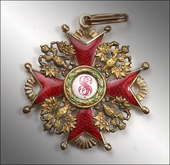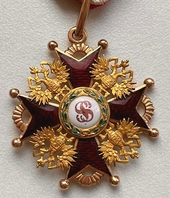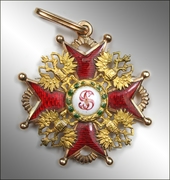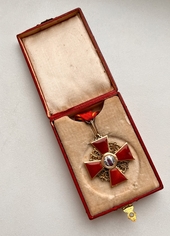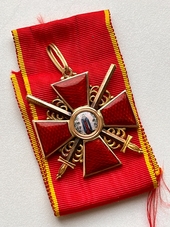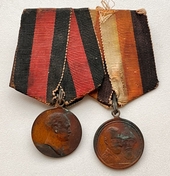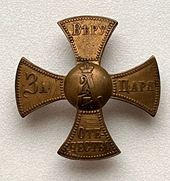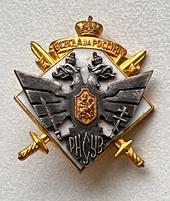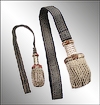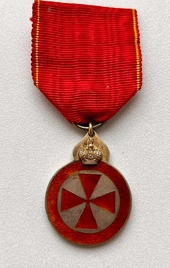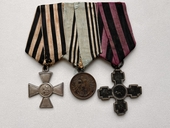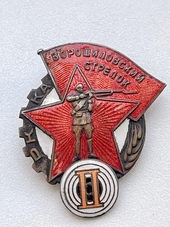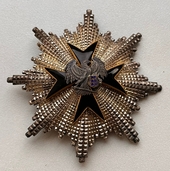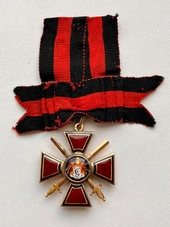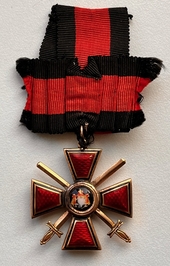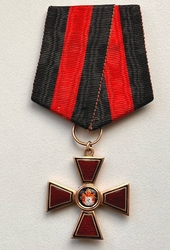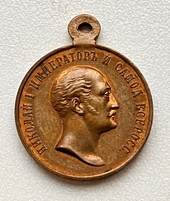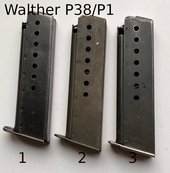
Germany. Magazine for the Walther pistol of various modifications and release periods.
All stores on WW2 are stamped with the military acceptance stamp of the 3rd Reich (WaA) and the manufacturer's code. 9mm parabellum
1.Walther P38 WWII with waffenamt (WaA) - 170 euros. 2.Walther P38 of the post-war period - 70 euros. 3.Walther P1 produced by GDR - 50 euros.
Walther PP 7,65mm
1.Walther PP WWII - 120 euros sold 2.Walther PP WWII - 120 euros sold 3.Walther PP WWII - 120 euros sold 4.Walther P 04 - 50 euros 5.Walther PP post-war - 70 (temporarily not) 6.Walther PP post-war with extension cord - 70 (temporarily not available)
7. Walther PP with extension cord - 130 eur. sold
Walther PPK 7,65 mm
1.Walther PPK WWII - 120 euros. 2.Walther PPK post-war issue - 70 euros. 3.Walther PPK post-war with extension cord - 90 euros (sold )
4. Walther PPK Manurhin (post- war issue) - 60 euro.
Open on the web-page
